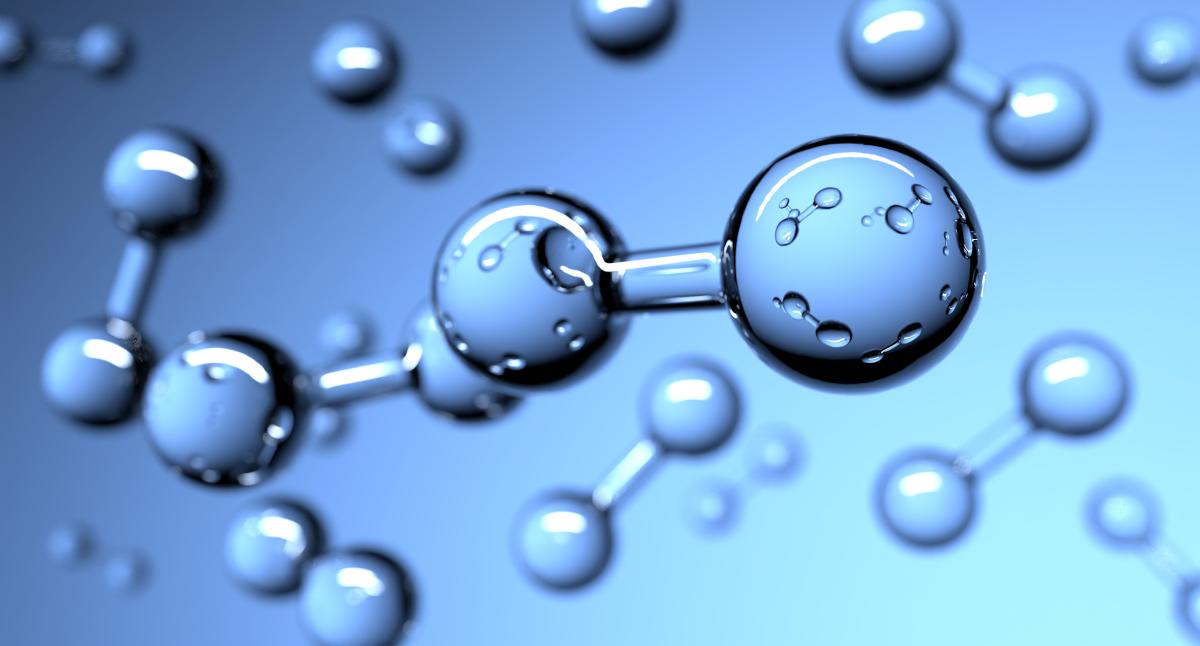
The U.S. Department of Energy’s (DOE) Greenhouse Gases, Regulated Emissions, and Energy Use in Transportation (GREET) model conducts comprehensive well-to-wheels analysis, tracking energy use and emissions from fuel production through vehicle operation.
Analysis shows that hydrogen fuel cell vehicles achieve significant reductions in greenhouse gas emissions compared to conventional internal combustion engines, except when using grid-average electricity for electrolysis. Hydrogen from natural gas reduces total emissions, while renewable hydrogen pathways deliver the largest environmental benefits.
Most critically, hydrogen fuel cell vehicles almost eliminate petroleum dependency since hydrogen production relies on non-petroleum sources. The model demonstrates that hydrogen from cellulosic ethanol dramatically reduces fossil energy consumption compared to gasoline and diesel vehicles.
GREET's transparent methodology enables consistent evaluation of hydrogen production pathways, confirming that renewable hydrogen offers exceptional energy and emission benefits for transportation decarbonization.
Learn more: GREET Model Well-to-Wheels Analysis | GREET Model Homepage